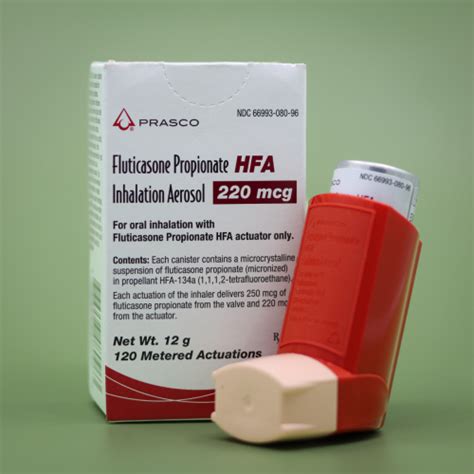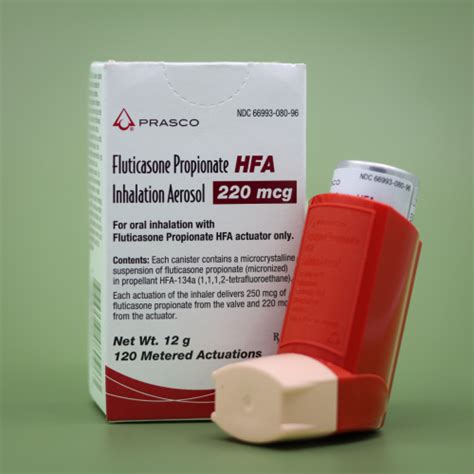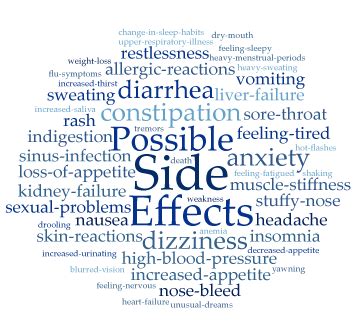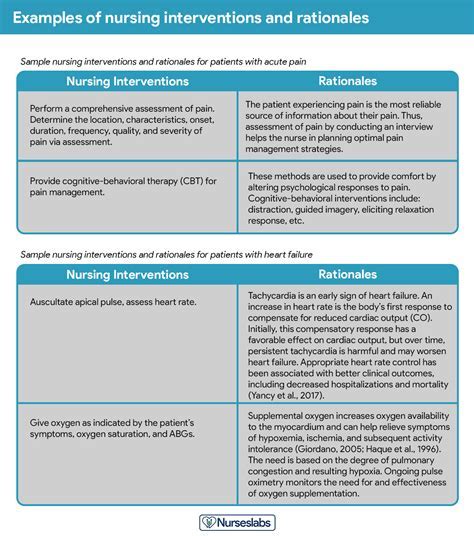Intro
Discover the benefits of Fluticasone Propionate HFA Inhaler for asthma control, featuring bronchodilators, corticosteroids, and inhalation therapy for respiratory relief.
The Fluticasone Propionate HFA inhaler is a widely prescribed medication for the treatment and management of asthma and chronic obstructive pulmonary disease (COPD). It belongs to a class of medications known as corticosteroids, which work by reducing inflammation in the lungs. This makes it easier to breathe and can help alleviate symptoms such as wheezing, coughing, and shortness of breath. Understanding how the Fluticasone Propionate HFA inhaler works, its benefits, potential side effects, and how to use it properly is crucial for individuals who rely on this medication for their respiratory health.
The importance of managing asthma and COPD cannot be overstated. These conditions affect millions of people worldwide, causing significant morbidity and mortality. Effective management of these diseases involves a combination of medication, lifestyle changes, and regular monitoring. The Fluticasone Propionate HFA inhaler plays a critical role in this management plan for many patients. By reducing airway inflammation, it helps to prevent exacerbations of asthma and COPD, improving quality of life and reducing the risk of complications.
For individuals living with asthma or COPD, understanding their condition and the medications they use is vital. This includes knowing how to properly use an inhaler, recognizing the signs of an exacerbation, and being aware of potential interactions with other medications. The Fluticasone Propionate HFA inhaler, like other inhalers, requires technique and practice to use effectively. Incorrect use can lead to reduced efficacy and increased side effects. Therefore, healthcare providers often spend time teaching patients how to use their inhalers correctly and emphasizing the importance of adherence to their prescribed treatment plan.
Introduction to Fluticasone Propionate HFA Inhaler

How Fluticasone Propionate Works
Fluticasone propionate is a synthetic corticosteroid with potent anti-inflammatory activity. It works by binding to steroid receptors in the lungs, which then influence the transcription of various genes involved in the inflammatory response. This leads to a reduction in the production of inflammatory cytokines and other mediators, resulting in decreased inflammation and edema in the airways. The anti-inflammatory effects of fluticasone propionate help to improve lung function, reduce symptoms, and prevent exacerbations of asthma and COPD.Benefits of Using Fluticasone Propionate HFA Inhaler

Steps for Using the Fluticasone Propionate HFA Inhaler
Using the Fluticasone Propionate HFA inhaler correctly is crucial for its effectiveness. Here are the steps to follow: - Remove the cap from the mouthpiece and check for any blockages. - Shake the inhaler well for 5 seconds before each use. - Hold the inhaler upright and breathe out slowly and completely. - Place the mouthpiece in your mouth, close your lips around it, and inhale slowly and deeply. - Remove the inhaler from your mouth and hold your breath for 10 seconds or as long as comfortable. - Breathe out slowly and gently.Potential Side Effects and Interactions

Managing Side Effects and Interactions
To manage side effects and minimize the risk of interactions, patients should: - Rinse their mouth with water after using the inhaler to reduce the risk of oral thrush. - Use a spacer device if prescribed to help reduce throat irritation. - Inform their healthcare provider about all other medications they are taking, including over-the-counter drugs and supplements. - Attend regular follow-up appointments to monitor their condition and adjust their treatment plan as necessary.Practical Examples and Statistical Data

Real-World Evidence and Patient Outcomes
Real-world evidence plays a critical role in understanding how medications like the Fluticasone Propionate HFA inhaler perform outside of controlled clinical trials. This evidence can come from observational studies, patient registries, and electronic health records. By analyzing this data, healthcare providers can better understand patient outcomes, identify potential issues with medication adherence, and tailor treatment plans to individual patient needs.Conclusion and Future Directions

Future Research and Development
Future research should focus on optimizing the use of the Fluticasone Propionate HFA inhaler, exploring its potential in combination with other therapies, and developing new technologies to improve medication adherence and delivery. Additionally, studies investigating the long-term safety and efficacy of fluticasone propionate in diverse patient populations will provide valuable insights for healthcare providers and patients alike.What is the most common use of the Fluticasone Propionate HFA inhaler?
+The Fluticasone Propionate HFA inhaler is most commonly used for the treatment and management of asthma and chronic obstructive pulmonary disease (COPD).
How often should I use the Fluticasone Propionate HFA inhaler?
+The frequency of use depends on your specific condition and the instructions provided by your healthcare provider. Typically, it is used twice daily.
Can I stop using the Fluticasone Propionate HFA inhaler if I feel better?
+No, you should not stop using the Fluticasone Propionate HFA inhaler without consulting your healthcare provider, as this can lead to worsening of your condition.
We hope this comprehensive guide to the Fluticasone Propionate HFA inhaler has been informative and helpful. If you have any further questions or would like to share your experiences with this medication, please don't hesitate to comment below. Your insights can help others better understand their treatment options and navigate their respiratory health journey. Remember, managing asthma and COPD requires a proactive and informed approach, and staying up-to-date with the latest information and advancements is key to achieving the best possible outcomes.
